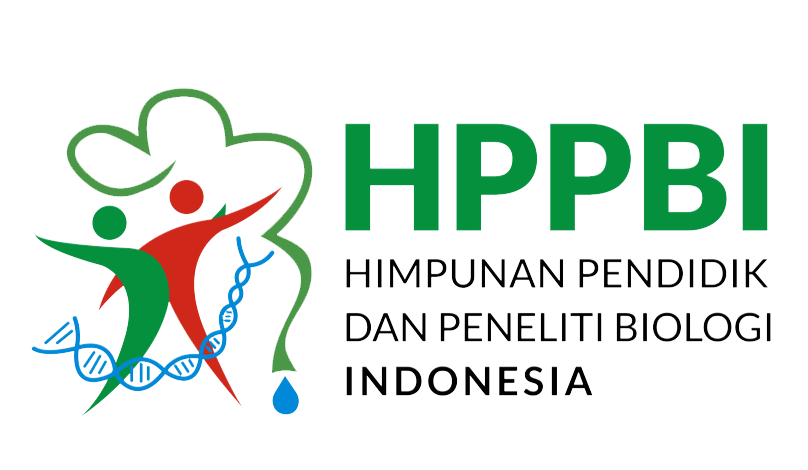MODEL PEMBELAJARAN BBL2M (BRAIN BASED LEARNING DAN MODEL MIND MAPPING) UNTUK MENINGKATKAN HASIL BELAJAR DAN BERPIKIR KRITIS SISWA SMA NEGERI 1 AMAHAI
Abstract
Background: The process of learning biology as one part of the whole process of education in schools has an important role in efforts to improve students' biological abilities, this study aims to determine the learning outcomes and critical thinking of students by using a brain based learning learning model combined with a mind learning model mapping on the concept of biodiversity.
Method: This research was conducted at Amahai 1 High School, and the data obtained were analyzed descriptively. The object of research is 21 students in class X MIA.
Results: Research shows that increasing student learning outcomes and critical thinking on biodiversity material by using a brain based learning model combined with a mind mapping model gets a pretty good improvement. This is consistent with the analysis of data on the percentage obtained from the results of the initial and final tests. Increased critical thinking can be seen by using 5 aspects with indicators on the final test and cognitive aspects.
Conclusion: The application of the Brain based learning model and the Mind mapping model can improve student learning outcomes and critical thinking
Downloads
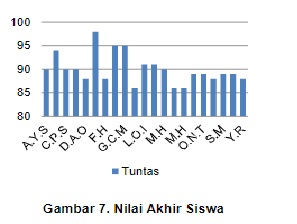
Authors who publish with this Journal agree to the following terms:
- Author retain copyright and grant the journal right of first publication with the work simultaneously licensed under a creative commons attribution license that allow others to share the work within an acknowledgement of the work’s authorship and initial publication of this journal.
- Authors are able to enter into separate, additional contractual arrangement for the non-exclusive distribution of the journal’s published version of the work (e.g. acknowledgement of its initial publication in this journal).
- Authors are permitted and encouraged to post their work online (e.g. in institutional repositories or on their websites) prior to and during the submission process, as it can lead to productive exchanges, as well as earlier and greater citation of published works

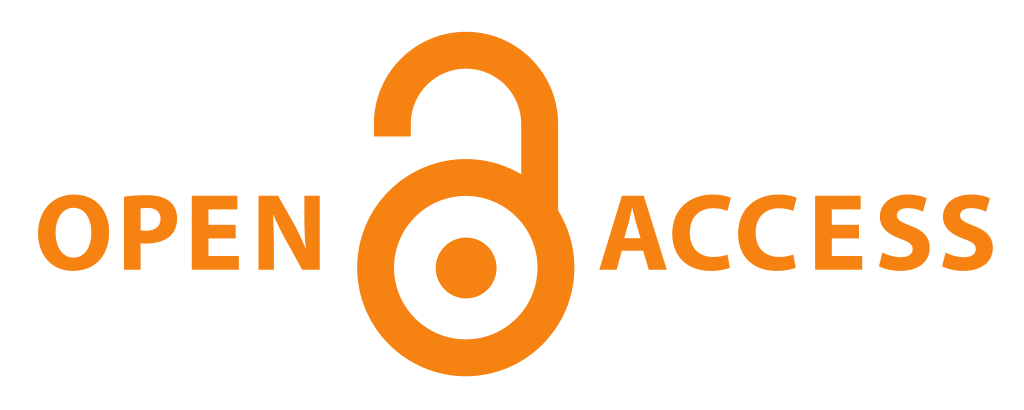
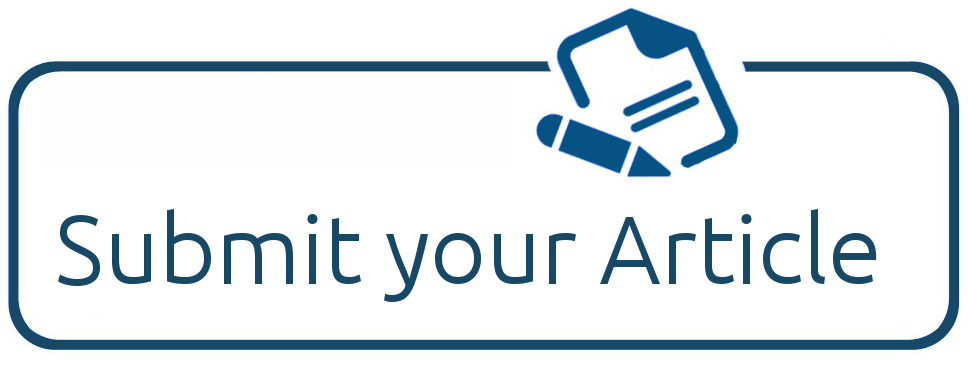
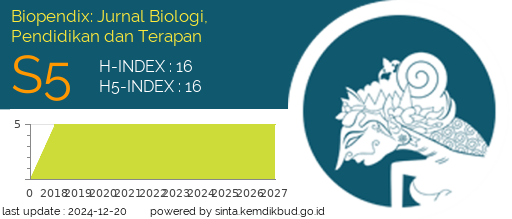
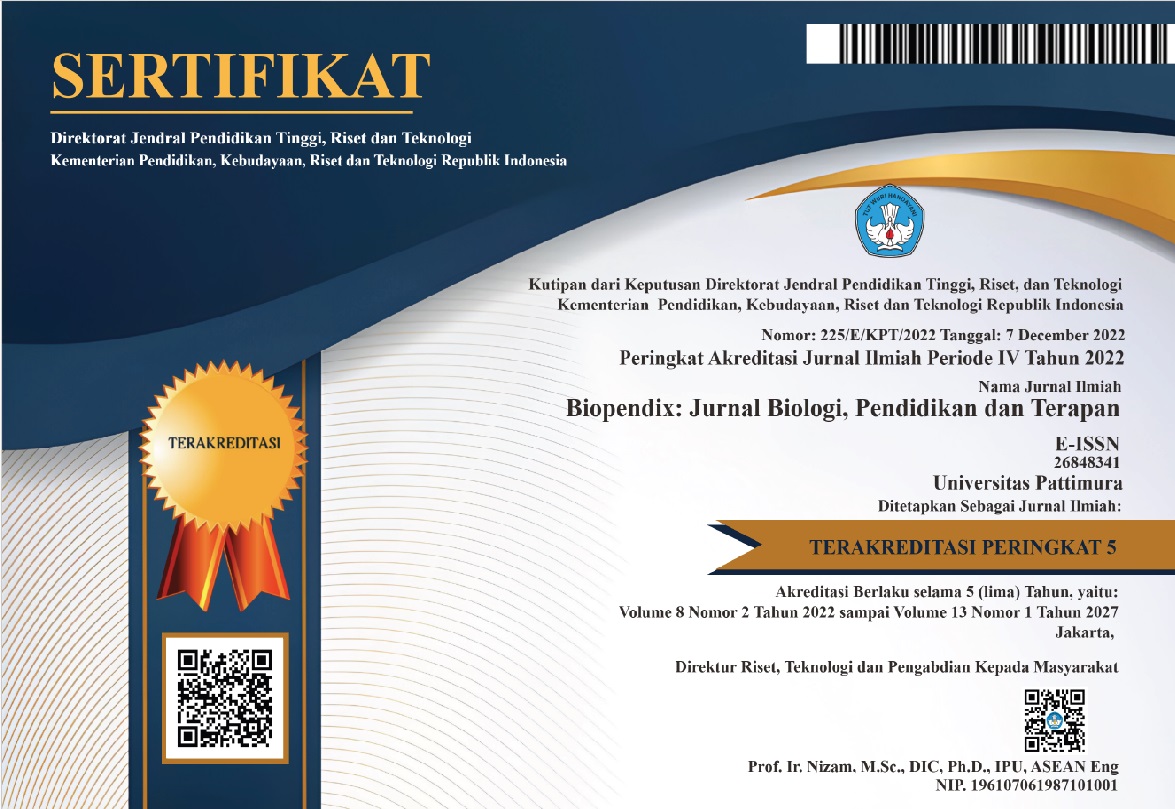 2
2




